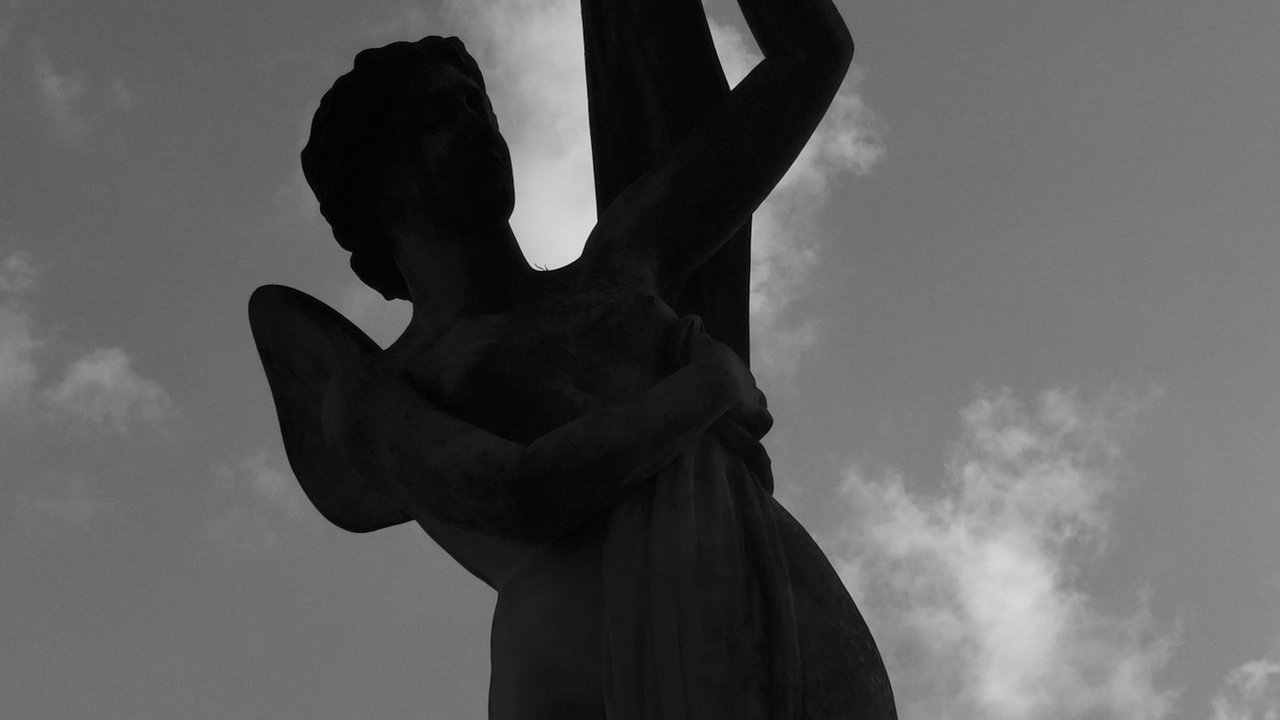The Temptation of Cliché
How does Elif Shafak sidestep the temptation of cliché?
Istanbul 2013
On a crisp evening in the fall of 2013, I walked in the Beşiktaş district of Istanbul, just a few steps away from the Bosphorus, as the Asian side bathed in fire from the setting sun. Here’s a question for the end of that sentence: Can’t you already feel the immense tug of a cliché? Do you sense how the customary remarks for Istanbul lurk in the unwritten page? As I wrote those words, they felt ready to pounce, thousands of years of platitudes about the city lying in wait, impossible to avoid. Where east meets west; The line between Europe and Asia; The crossroads of civilization.
Here’s Elif Shafak in her novel “10 Minutes 38 Seconds in This Strange World” sidestepping the temptation:
Slowly, dawn was breaking. Streaks of colour - peach bellinis, orange martinis, strawberry margaritas, frozen Negronis - steamed above the horizon, east to west. Within a matter of seconds, calls to prayer from the surrounding mosques reverberated around her, none of them synchronized. Far in the distance, the Bosphorus, waking from its turquoise sleep, yawned with force. A fishing boat headed back to port, its engine coughing smoke. A heavy swell rolled languidly towards the waterfront. The area had once been graced with olive groves and fig orchards, all of which were bulldozed to make way for more buildings and car parks.
Notice the trajectory of that paragraph. Although she’s painting a sunrise, the canvas isn’t static. The sentences convey momentum. What’s first depicted in mere seconds—unsynchronized prayer calls, coughing boats—ends with allusions to decades of upheaval.
Without that trajectory, the setting becomes a mere place for clichés to land. Let the Bosphorus split East from West, and nothing more is needed. Simply orient the reader to the geography.
The Bosphorus Strait, slender and narrow, had always been called ‘the neckline of Istanbul’, and here was a bridge decorating it like an incandescent necklace. High above the city the necklace glowed, dangling over the waters where the Black Sea blended with the Sea of Marmara on one side and the Aegean ran to meet the Mediterranean on the other.
But the Istanbul of Shafak’s novel is a city of “willful amnesia,” where “all the discontented and all the dreamers eventually ended up.” This includes Shafak’s main character in “10 Minutes 38 Seconds in This Strange World”, a woman named Leila, who’s sensitive, complex, contradictory, and dead on page one.
Leila is swallowed by the undercurrents of Shafak’s novel, the unmistakable forces that surround every character, the forces that shove, restrict, and pummel; the line between Europe and Asia isn’t demarcated on a map here, it’s a scalpel that dissects the characters trapped inside this novel.
Once they secretly cut the rope that kept the animal fastened to the shed. But the ram did not break loose as they had planned. After meandering here and there in search of fresh grass, it returned to the same spot, finding the familiarity of captivity more reassuring than the strange call of freedom.
What’s a platitude for most writers—east and west, the crossroads—is an inescapable, remorseless tether for Shafak’s characters and especially for Leila. She doesn’t land neatly onto one side of the divide, as the cliché insists but, instead, she’s caught at some halfway point, forever yanked toward the extremes.
Istanbul was an illusion. A magician’s trick gone wrong. Istanbul was a dream that existed solely in the minds of hashish eaters. In truth, there was no Istanbul. There were multiple Istanbuls - struggling, competing, clashing, each perceiving that, in the end, only one could survive.
The city is divided, families are divided, and, most intriguingly, the characters themselves are divided. Shafak is a stylist; she cuts, trims, and tailors her sentences, and an inattentive reader might miss all that embroidery. Sentences fold inward. Incongruities are discovered. With its subtly and illusions, the novel is written in a whisper. There’s the seen, the thought, and the said: forever in discord. There’s “the old and the new, the factual and the fictitious, the real and the surreal amalgamated…”
And she avoids the superficial by placing those divides within her characters and not within the city. Her characters are suspicious, unsure, and the schism comes from within.
In Istanbul, you should distrust what you see, especially if you have the eyes of an outsider. There’s a veneer atop the city. It shrouds the narrow alleys, it’s served with the tea, it flavors the spices, it’s underneath every conversation; you see bodies dripping with sweat, you hear distant screams, you taste puffs of exhaust—and you fall into a pit of timeworn clichés. You see what’s already been seen, you hear what’s already been heard, no work is needed. After a few thousand years of description, that path is already worn, and it’s difficult to stop yourself.
She recalled things she did not even know she was capable of remembering, things she had believed to be lost forever. Time became fluid, a fast flow of recollections seeping into one another, the past and the present inseparable.
How do you describe Taksim? What did you see at the Grand Bazaar? One way is with heard words, those words already lurking in your pen, the precooked phrases—yet all those prewritten sentences are paths that narrow the emotional range. For a city of nearly twenty million, where anything can be found or lost, depending on your purpose, what’s simplified, sanitized, and dulled isn’t what’s needed.




